Article Lead In
29 August 2022
AUTHOR: DAN LANDER
As modern society grapples with global challenges, it’s quite possible many of the best answers are tens of thousands of years old.
Many people believe a profound change is coming. Or perhaps it has already come, and we’re just waiting to see how the world adapts. No, not climate change, although yes, that too. What then? Automation, AI, Industry 4.0 – the rise of the robots and the purported redundancy of humankind.
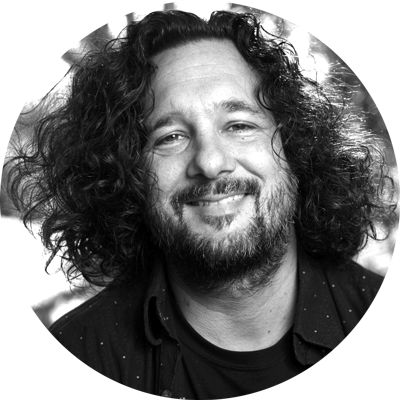
A recent study by technology research firm Forrester suggests that by 2030, there will be 1.5 million fewer jobs in Australia because of advances in automation. That represents a huge challenge for business and industry leaders. But, according to Pirku Murititya UniSA Visiting Research Fellow Dr Tyson Yunkaporta, this change also poses deeper challenges, raising questions not only about how Australian industries and businesses adapt, but also what it means for society, community, and, ultimately, culture.
“Masses of people around the world are suddenly going to become irrelevant in terms of the labour market and we're not just talking about robots taking factory jobs – we're talking about legal, research, half the medical industry,” Dr Yunkaporta says.
“This means we’ll all be working less – whether it’s planned or not – and our lives will be transformed. We’re talking about our entire society reshaping itself over the next decade.”
According to Dr Yunkaporta, the challenge is not just how to make sense of all this upheaval in the short term, but how to re-educate society to rebuild from that turmoil in the long term.
“A key stated goal of education is to prepare students for the workforce, and we know that over the last decade, a lot of kids have been prepared for a workforce that was not the one they’re going into, and that problem is only going to get worse,” he says.
“So, how do we change the goal of education to suit the actual reality we’re facing? What other literacies are we going to need, to figure out how to make sense of the world?”
Like many education academics, Dr Yunkaporta believes the necessary shift will require more than a change in what’s being taught – it needs a change in how and why society is teaching, and that means reforming the underlying structures of education, not just the lessons being taught.
“And when we talk about structural reform,” Dr Yunkaporta says, “it’s a systems thinking approach.”
Systems thinking examines complex systems as a whole entity, focusing on relationships and interactions over time, as opposed to many forms of traditional analysis, which examine systems by breaking them down into their separate components.
Far from being a new concept, Dr Yunkaporta says systems thinking is a core part of Aboriginal knowledges stretching back tens of thousands of years.
“There is really good systems thinking, from some very different perspectives, in the Aboriginal community – from our old law, and from our continuity of law that runs right through to today. And that knowledge needs to be included in the conversations we’re having when we face these complex, contemporary problems.”
Dr Yunkaporta suggests Aboriginal knowledges offer important insights into how society might best respond to many of the most complex challenges the world is facing, whether that be the potential transformation of people’s working lives, climate change or social inequality.
“We’re talking about new governance models that might be based on Indigenous distributive governance models thousands of years old,” Dr Yunkaporta says. “We’re talking about relational exchanges in trade to make new informal micro-economies and moving more power and sovereignty into the daily lives of people at the local level.
“And that involves things like recovering some sort of food sovereignty as a safety net for future supply chain disruption; rebuilding community cohesion; making the community part of education for the mentoring of students; and for people to learn a hands-on, expert understanding of their land base, their soil, their bioregion, which is seasonal, which is truly being in place.
“And that doesn’t mean learning ‘content’ about those ideas – it’s about living in that way, it’s about reforming structures and institutions around these things. It’s about redesigning and codesigning whole neighbourhoods and communities, societies, local governments, things like this, from an Indigenous perspective. And not just for Indigenous people – for everyone.”
Learning to listen
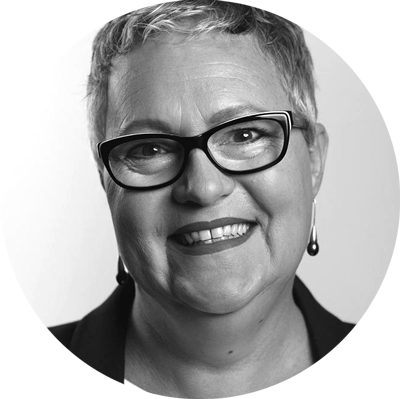
Jayne Boase works with UniSA program directors and course coordinators to embed Aboriginal content in undergraduate programs for STEM subjects.
Boase says her work introduces students to Aboriginal knowledges and perspectives, not with the aim of teaching them about ‘Aboriginal culture’, but so students learn how Indigenous knowledges and approaches can improve the way they engage with and understand all cultures.
“This is not Aboriginal studies,” Boase says. “Nor is this teaching Aboriginal students. This is teaching all students, of all backgrounds, how their potential profession may intersect with contemporary Aboriginal Australia and if it does, how you do that, and what that can teach you.”
Boase says that by understanding Aboriginal perspectives within a contemporary field such as STEM, students gain a better insight into how their actions impact on wider society, and how they can engage in a way that is inclusive and sustainable.
“A lot of principles we use are around things like community consultation and being aware of your unconscious bias – having an understanding of the benefits of working with diversity and the outcomes that result from that,” Boase says.
“This understanding then helps students in other settings. So, they might not necessarily be working with an Aboriginal community, but it could be another area of diversity. We're using the Aboriginal experience as a case in point, but the principles that they're learning can be applied to other areas that they might be working in.”
Boase says similar approaches to teaching are gaining momentum at other institutions across the country, a shift that reflects a growing respect for traditional Aboriginal knowledges, which is emerging alongside a deeper understanding of the story of Australia’s First Nations peoples, both before and after colonisation.
“We still have a long way to go, but I think there is an increased awareness of Aboriginal history in Australia in the past 15 years or so,” Boase says. “For instance, we're seeing more people offering acknowledgement of Country, and people actually knowing what Country they are on, and that has only emerged very recently.
“And with that growing awareness, the respect for traditional Indigenous knowledges being equivalent to traditional Western knowledges is something we’re also starting to see more widely. Awareness of Aboriginal contexts, of Aboriginal history, and the importance of connecting to Country is becoming more commonly referenced and understood, where it wasn’t before.
“And so, now, we can talk to students about that. We’re refocusing that and reassuring the students that we're doing this because we are actually on this land that’s – now – called Australia. We're doing this because we have got the history that we've had here, and it's time to redress some of those past wrongs that prevented Aboriginal perspectives from being included in the conversation.”
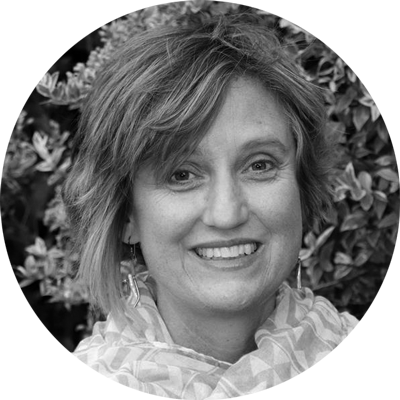
Among other projects, Boase has co-developed a UniSA course called Fire and Culture in collaboration with Professor Delene Weber. The course explores issues in fire management in Australia’s natural environment, with key consideration of the role of Aboriginal cultural burning, exposing students to the concept of two-way learning. Along with contemporary technical information, students study Aboriginal understandings of Australia’s climate and ecology, receive experience preparing and undertaking a cool burn with the Nukunu people, and spend time on country with Elders.
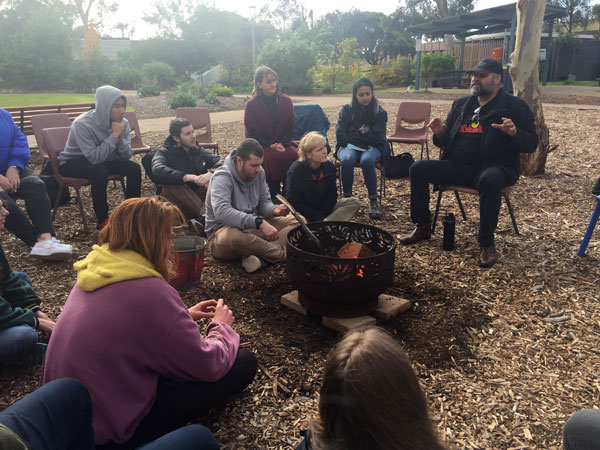
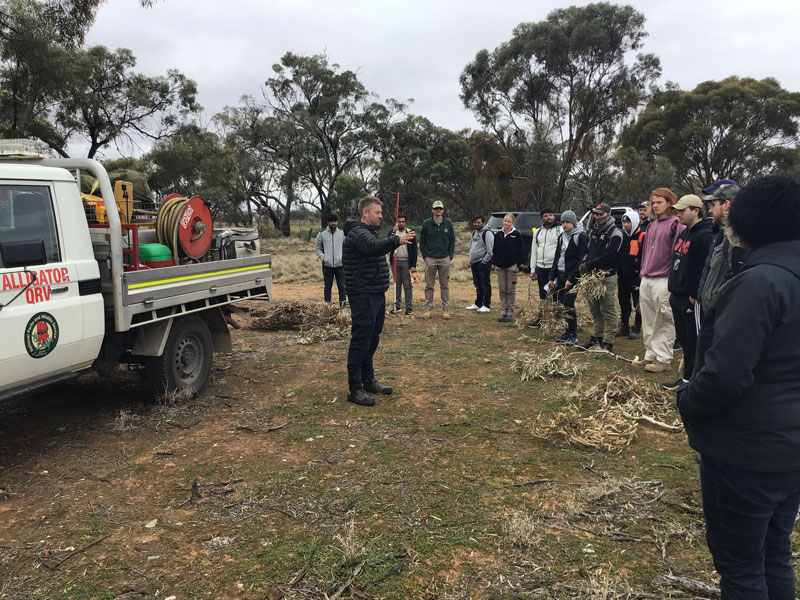
“Interestingly, the paradigm shift amongst fire science leaders in South Australia is palpable and the respect for Aboriginal wisdom in this area helps to reinforce key learning outcomes as well,” Boase says.
“By having a key focus on traditions of cool burning, the course is really an equal split between Western fire systems and Aboriginal knowledges. And this was the first time we’d really had an equal weighting to the Aboriginal perspectives, so it was about finding ways to do that effectively, but also appropriately.
“That meant having to shift thinking – most people are so caught up with timeframe, with jamming as much in as we possibly can, so we wanted to slow down. And so, in addition to having the students work on cool burning preparations with the Nukunu people, we used yarning circles – sitting around a comfort fire and yarning with Elders. We basically said to the students, ‘Here’s a chance to ask an Elder all those questions that may have come up’.
“Those multiple touch points really consolidated all of those students’ appreciation and understanding of where we’re at now in Australia, including the impact that colonisation has had on Aboriginal people.”
While Boase acknowledges that the social dimension of such experiences is important, – “those students will become allies now … and that matters”, she says – she also emphasises that the lessons learned extend far beyond the Australian colonial context, far beyond the here and now, and far beyond anything an automaton could understand.
“It’s about learning patience, learning about finding the right people to speak with at the right time, learning what you need to consider for that particular environment,” Boase says. “You know, it’s really about getting students to consider things like listening, leaving space and time, and thinking about different time contexts – thinking about history and caring for the future.”
Speaking of the future …
If humans want to have much of a future on this planet, then there are plenty of lessons they could learn from Aboriginal knowledges. Not just about how to manage catastrophic fires in a warming climate – and definitely not just about how to “paint dots on rocks”, as Dr Yunkaporta puts it. A growing number of thinkers – from school-aged activists to ageing naturalists – are realising that many of the problems the planet currently faces arise from the simple fact that many people didn’t bother to think about the future.
And that, says Dr Yunkaporta, is a mistake that could have been easily avoided if Aboriginal perspectives had been part of the conversation all along.
“We hear all this evolutionary psychology saying human beings are unable to see into the future and react to that,” he says. “And that’s bullshit. That is something we can learn from Aboriginal culture – we look to the future, we have a deep time perspective, where what we’re doing is responding to emergent and future patterns.
“Traditionally, all the time our eye is on that, and that’s why we have a ‘slow tech’ approach – most of the kind of industrial production that we’ve seen over the past century is discouraged, and always has been, in our cultures, because it’s obviously not sustainable.
“So, we have an eye on the future, and it wasn’t so long ago that all human beings were doing that – they were moving more slowly, and paradoxically, that was because they had an eye to the future. That’s what we need to recover – it’s not unnatural for human beings to be able to see something coming.”
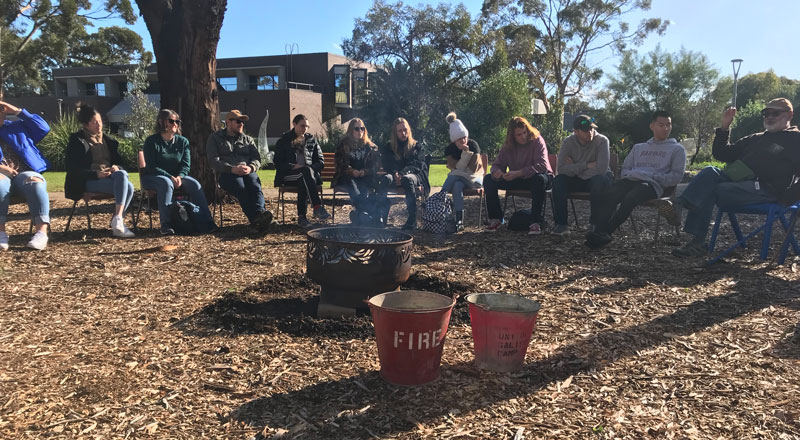
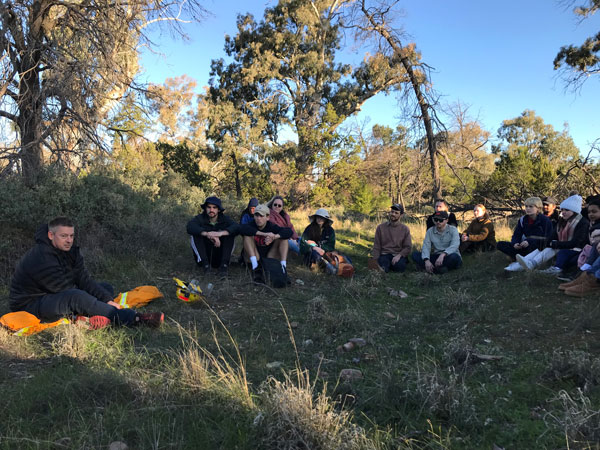
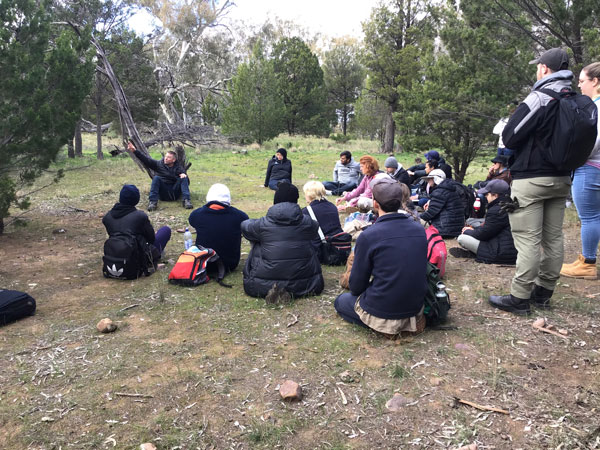
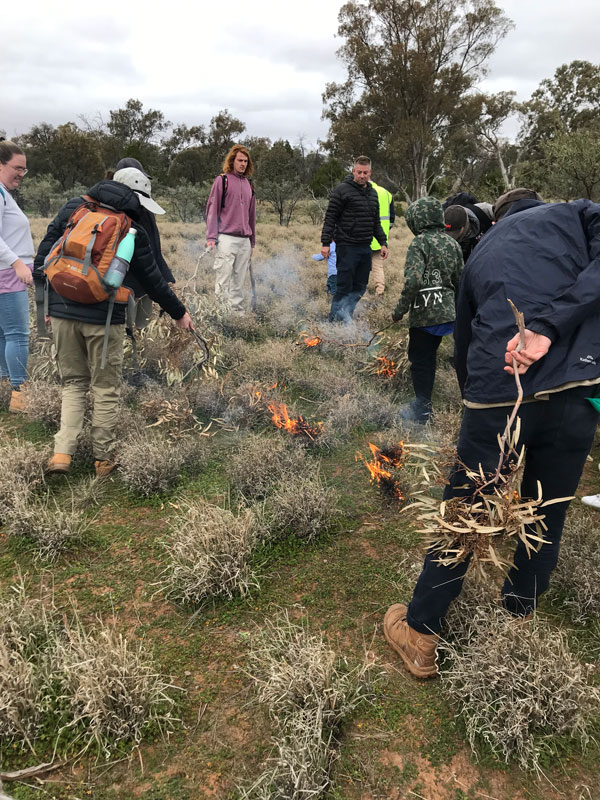
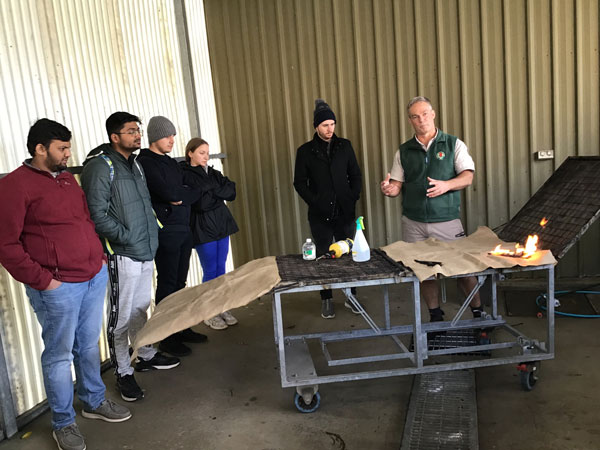
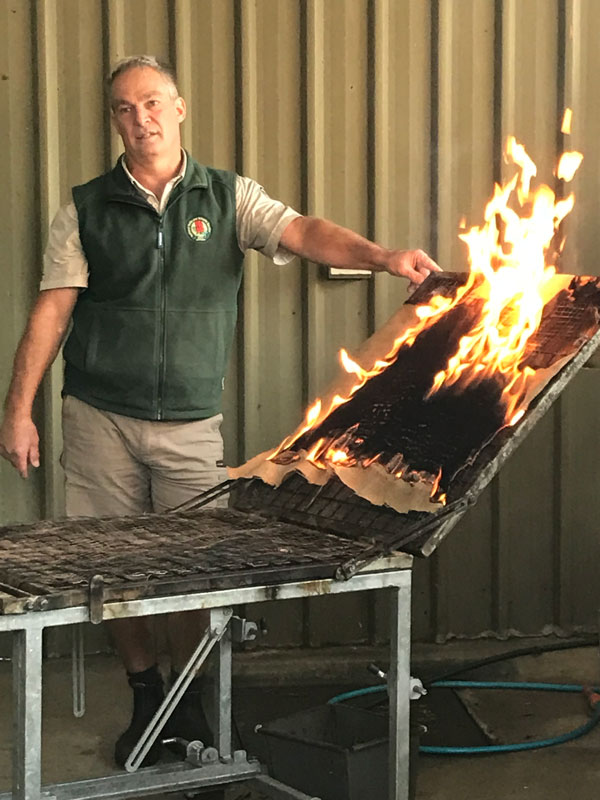
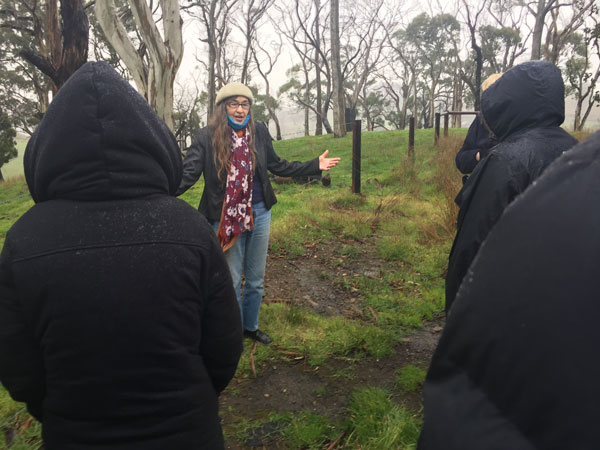

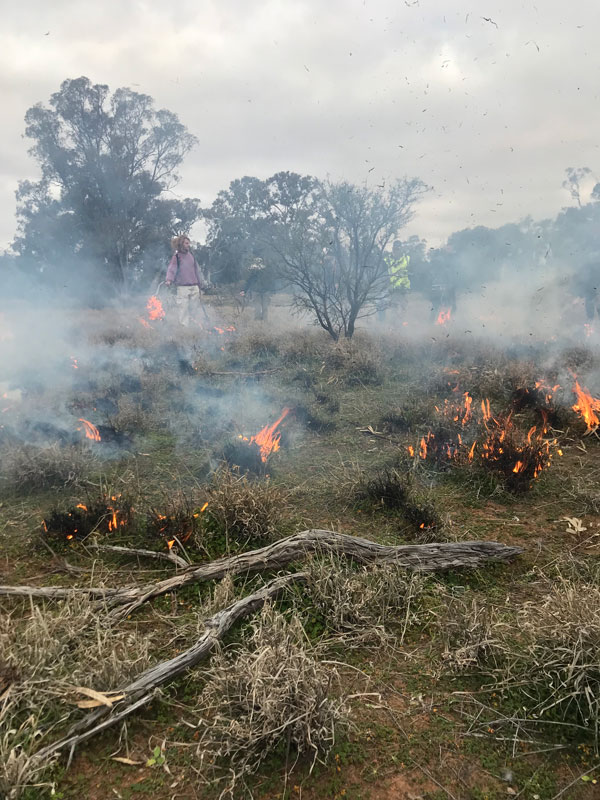

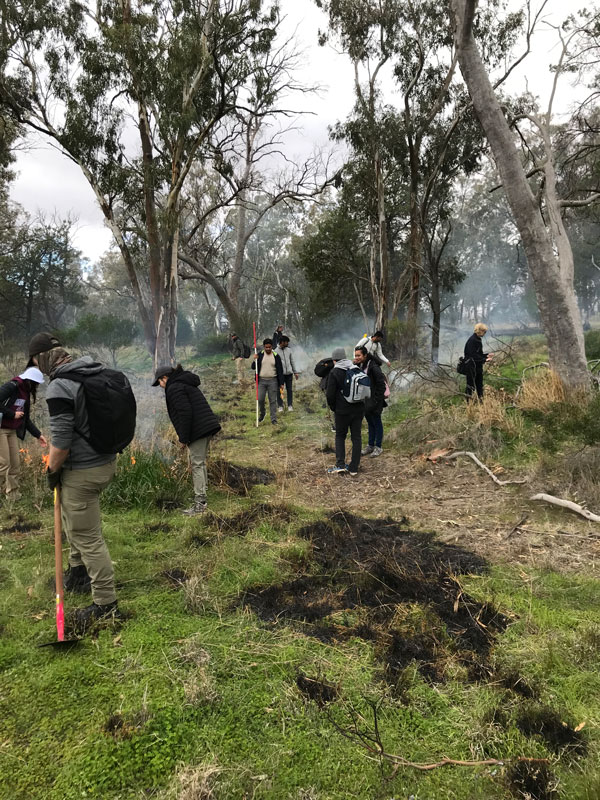
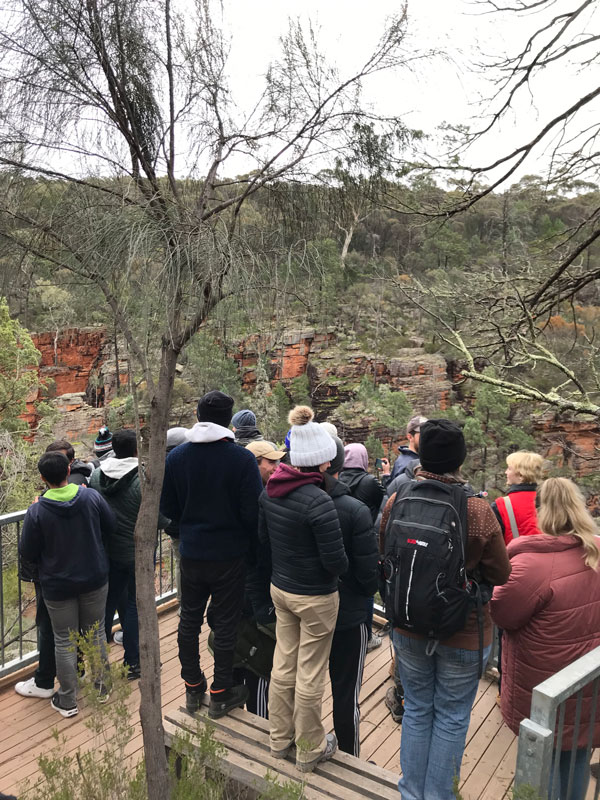
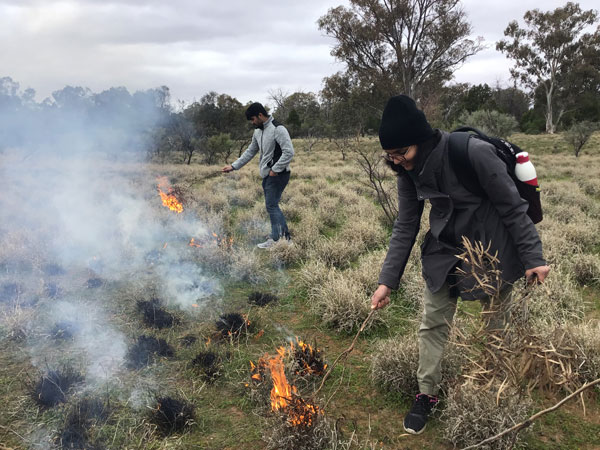

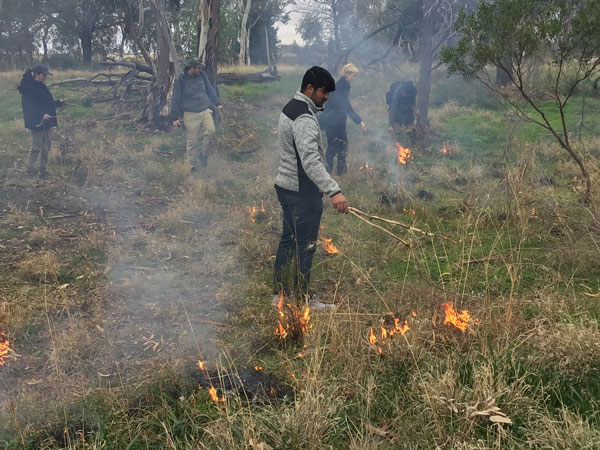
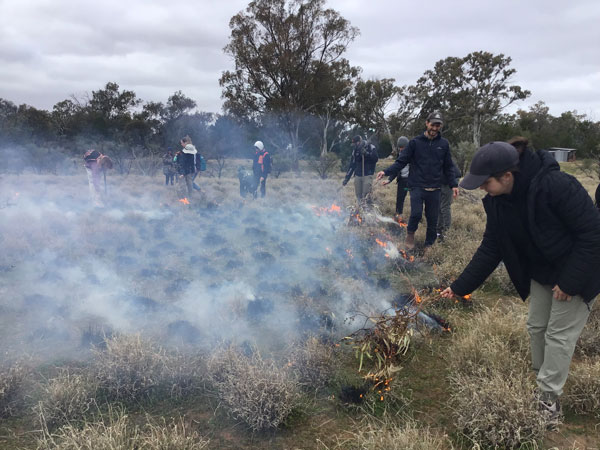
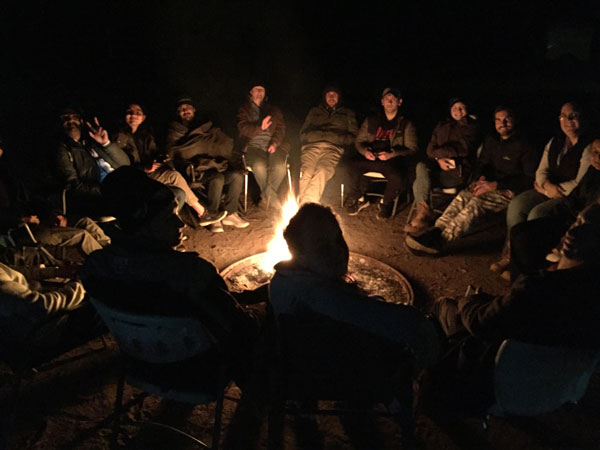
Photos by Jayne Boase
What students said about UniSA's Fire and Culture course:
Aboriginal practitioners and knowledge holders were able to communicate and transfer knowledge themselves. There was care taken to build a sense of respect for the content so that, when we eventually got to the burning practice, people knew how to conduct themselves. As we walked amidst the cool burning flames and the light, wafting smoke, we could tell we had been given the responsibility to work with something special that’s finally being more broadly recognised.
Chris Callaghan, third-year Environmental Science student
Fire and Culture is a course that delivers an invaluable experience which not only provides an in-depth understanding of Aboriginal culture but also a sense of renewed hope for Australia’s fight against climate change.
Sally Esplin, second-year Environmental Science student
There was so much value in having Aboriginal speakers come in and share their experience and knowledge within the yarning circles, as well as the camp in Nukunu Country. I am extremely grateful for being able to participate in a cultural burn also and experience how cool of a burn it really is – it was genuinely very surprising. I believe the Aboriginal knowledge, culture and exposure that this course provided is essential!
Jarrod Swadling, third-year Environmental Science student
I found the cultural knowledge we learnt about very enlightening. I have knowledge and skills now of how to work with Aboriginal communities for better environmental and cultural outcomes. Separately from the professional skills I have learnt, I feel as though this course is something I will never forget.
Liliana Parsons, third-year Environmental Science student
For me, the thing I liked most about the course is its inclusive nature and everyone’s understanding, acceptance and inclusion of all cultural backgrounds.
Jake Willemsen, third-year Mathematics student
You can republish this article for free, online or in print, under a Creative Commons licence, provided you follow our guidelines.


